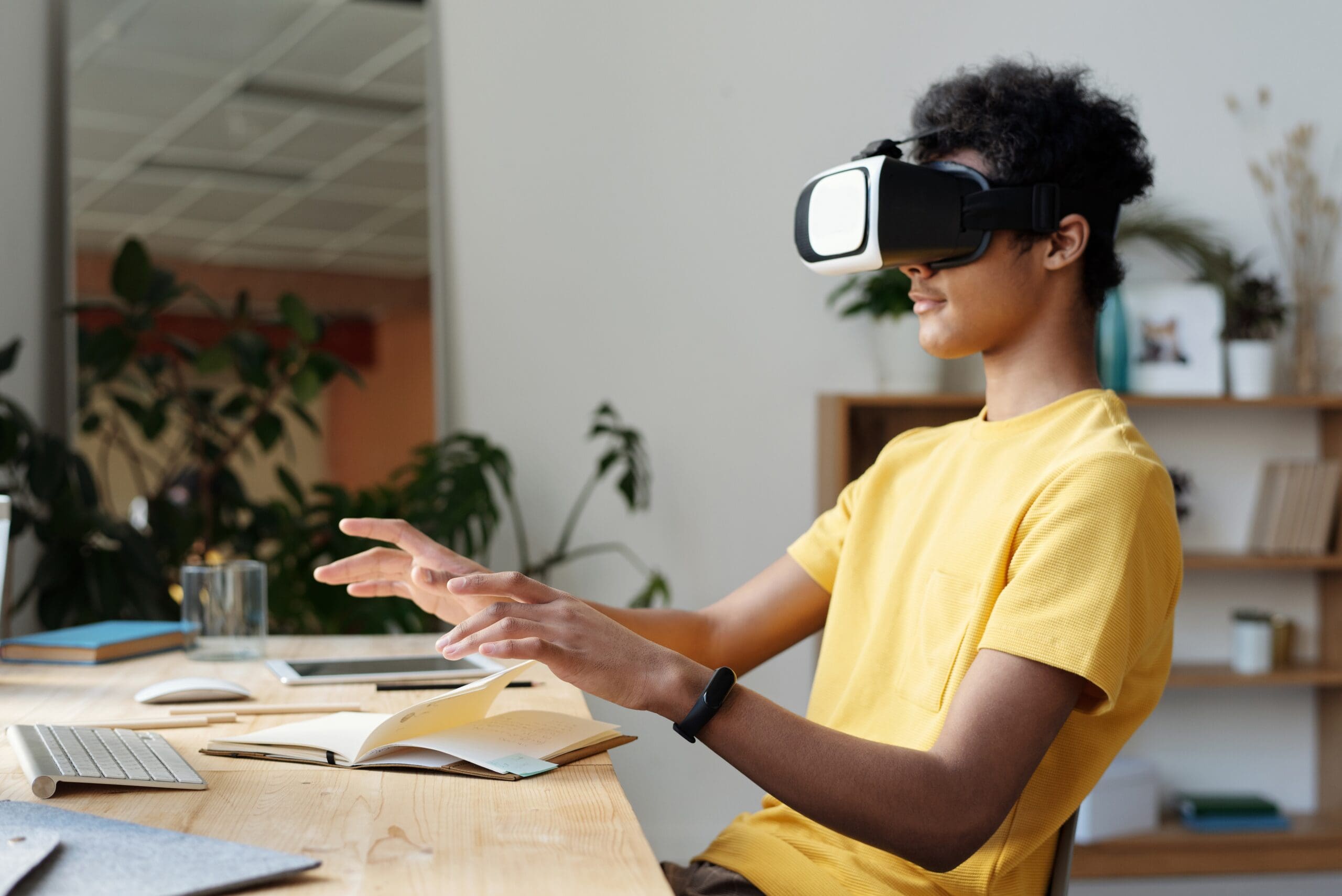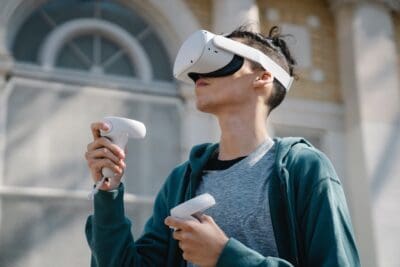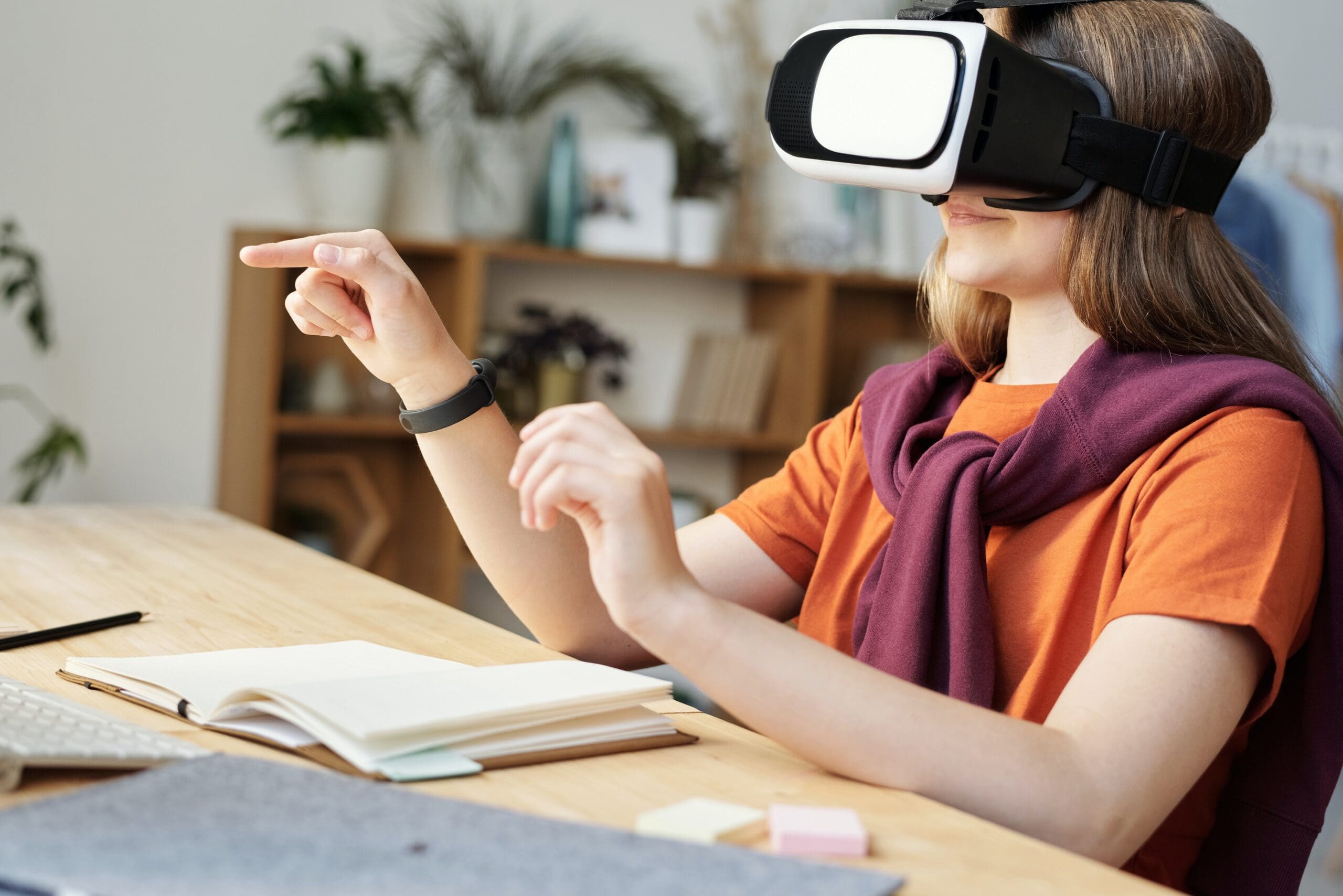
One important lesson we learned in the pilot is that context matters. We worked with a diverse group of sites and instructors and found that, for immersive learning to optimally engage students, the content must be more culturally responsive, developmentally appropriate, and relevant to learners’ interests, experiences, and goals.
Phase 2 of the Skill Immersion Lab initiative builds that type of content by engaging students as active co-creators of their courses. Partnering with two new sites, the Skill Immersion Lab aims to achieve the following goals in Phase 2: improve learner engagement through the co-creation process, strengthen students’ communication and collaboration skills, and prepare the Skill Immersion Lab program to scale in communities with limited access to skill-development opportunities and immersive learning technology.
At one of the sites—Coolidge High School in Coolidge, Arizona—educator Michelle Gonzales embraced the collaborative approach to content development. Her students designed all aspects of a new Talespin learning module, constructing a virtual environment by helping to produce scripts, developing scenarios, and assigning character features such as body language and mannerisms. This process yielded a new VR lesson designed to strengthen students’ communication and collaboration skills and introduce them to new career paths.
Students Collaborate to Design Virtual Reality Content—and Build Skills
Here are some examples of what the students did and what they learned as they worked together to create the learning module.
Augustine (Augie), a senior at Coolidge, played a lead role in the process of designing the character of the central learner featured in the module. He’s interested in graphic design and was excited by the opportunity to design a “game”—which is what his classmates called the Skill Immersion Lab module they built. He based the learner on a character in a TikTok video and found his classmates were attentive and engaged throughout the exercise. “It was fun,” Augie said. “In a way it was more shocking because they actually participated and listened. Everyone actually was engaged with the whole conversation and how we were doing that lesson.”





